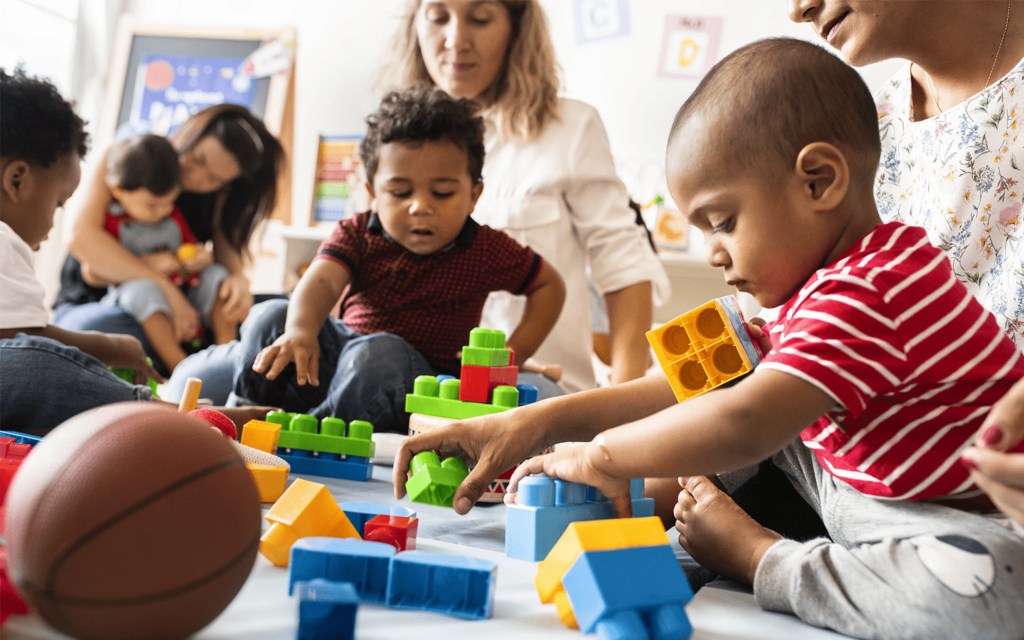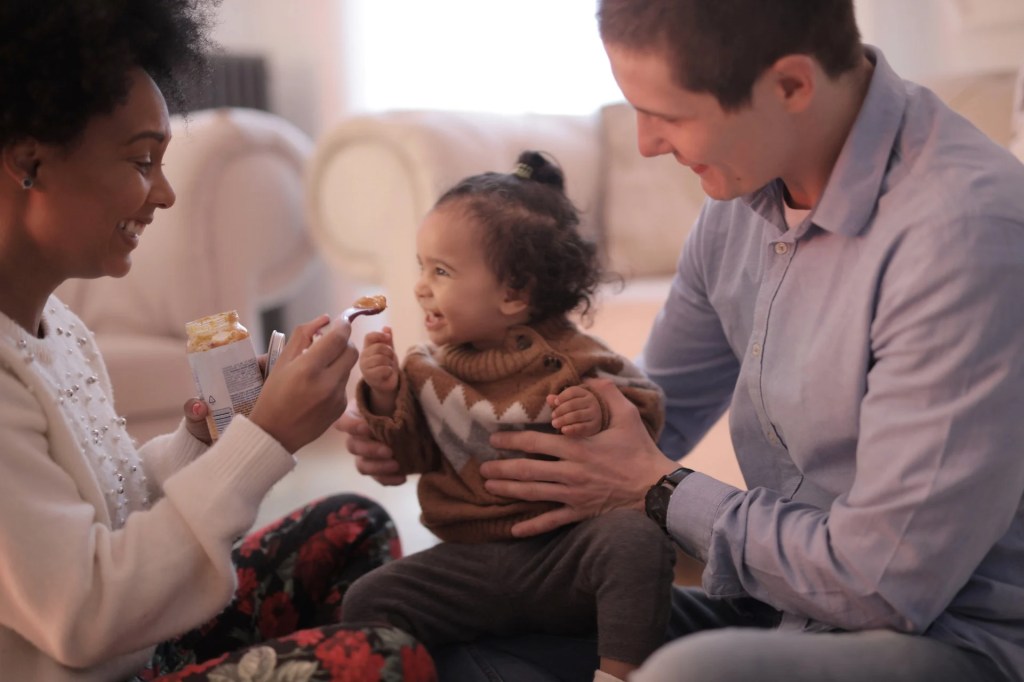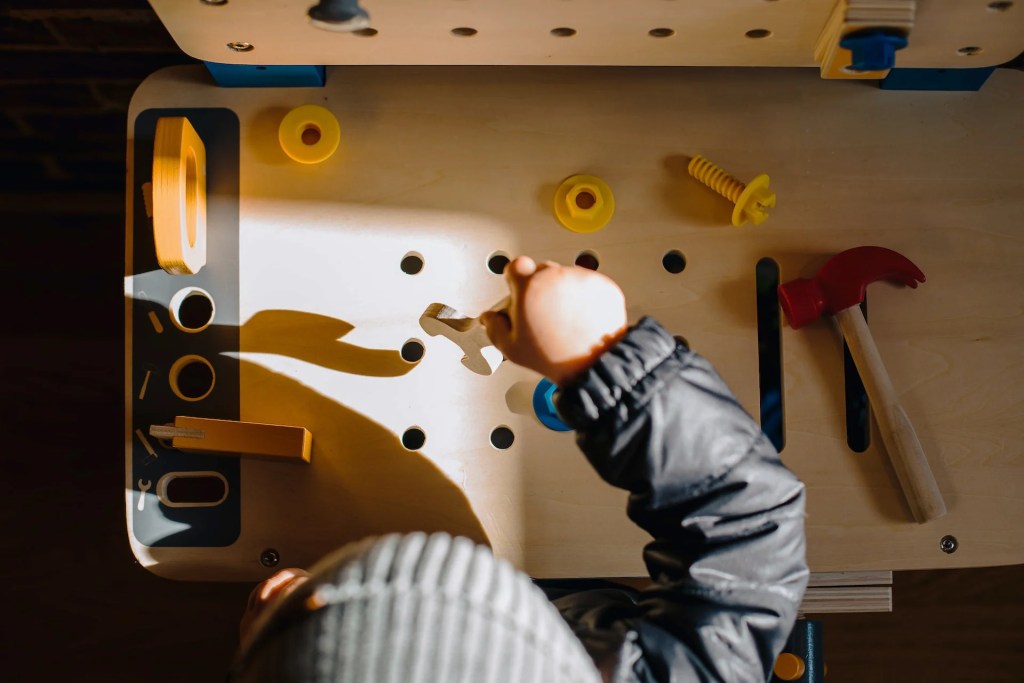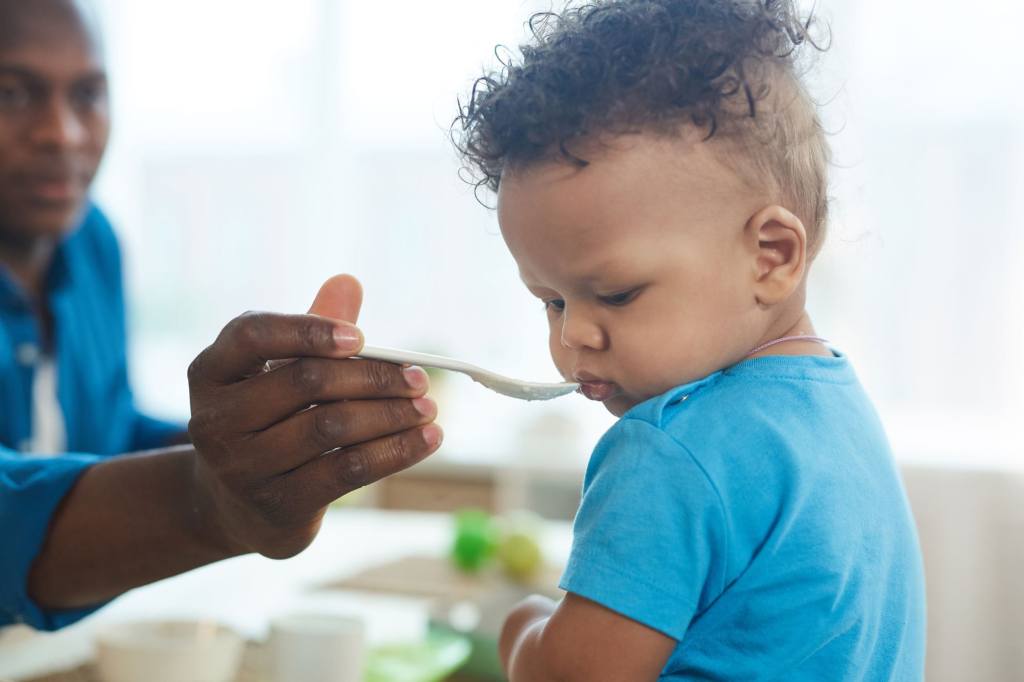Your cart is currently empty!

Incorporating the concepts of inclusion and acceptance into your home. If you’re reading this, you want to gain insight on how to talk to your children about difference and diversity. You have decided that it’s important for you and your family to incorporate the concepts of inclusion and acceptance into your home. That’s wonderful! Having…
Incorporating the concepts of inclusion and acceptance into your home.
If you’re reading this, you want to gain insight on how to talk to your children about difference and diversity. You have decided that it’s important for you and your family to incorporate the concepts of inclusion and acceptance into your home.
That’s wonderful!
Having conversations with your children is an excellent first step to achieving your goal. But remember, conversation alone is not enough. Your kids are watching and observing you, absorbing and internalizing your actions and behaviors. You can have a conversation again and again, and if your actions do not match your words, your children will know.
So to begin, think to yourself how YOU feel about difference and diversity. How do you behave? What are your thoughts – conscious and subconscious? When you hear a foreign language, how does that make you feel? How about when you smell a foreign food? How do you speak to people from other cultures or races? How do you speak about them when you’re home? Does your body language change? Your tone?
Know that the answers to all these questions are far more influential on your children than any conversation you can have with them.
You are your child’s mentor. Your children look to you for guidance on how to behave. The conversations you want to have with your children about differences and acceptance should be ongoing. You can start to have these conversations early with your young children.
If your child is older and you haven’t yet spoken to them about diversity and differences, you can totally start now. You don’t have to wait for your child to bring up the conversation. You can and should be proactive and initiate conversation. If your attempt at conversation didn’t go as planned, that’s ok, try again.
Create an environment that shows your children it’s safe to be curious and ask questions. Your goal is not to teach your children everything about a topic, this one included. Your goal is to expose them to the empowerment that comes with learning and knowing.

Starting the Conversation
Start family conversations about diversity by bringing awareness to the differences that are already within your family, while modeling tolerance and understanding. During a calm moment, maybe during dinner or on a drive, you can begin a family conversation:
“Did you notice that I have blue eyes and daddy has brown eyes? What else is different between me and daddy? Yes, that’s right, daddy is taller… What else do you see?”
“Can you name 2 things that are different between you and your brother and 2 things that are the same? That’s right… you both like ice cream 🙂 what else can you think of? Yes, he is bigger than you.”
You can bring up differences among any family members. Whatever is relevant to you. And it doesn’t only have to be about appearances, you can talk about differences in abilities or personalities as well.
“Your sister really likes to play soccer and you don’t like to play as much… what do you think about that? Why do you think she likes soccer so much? Is there anything you can think of that you really like to do that she doesn’t like so much?”
The idea is to validate for your younger child that, yes, everyone is different and that’s perfectly okay. In addition to that, there’s no value (or devalue) attached to those differences. They just exist. And in your family, you can openly and comfortably talk about them.

Facts and Knowledge
Talk about facts. Children are incredibly curious – use that to your advantage. Even with your younger children, don’t hesitate to include straightforward facts in your conversations.
“That’s right, people come in different colors. See, your skin is darker than mine. Do you know why..? We have this thing called melanin in our skin. Everyone has some. It gives me and you our color. And guess what? Your skin is darker because you have more of it than I do. Yes, that’s right… daddy has more too. Who else has more? Ok…and who has less?”
Facts and knowledge make new concepts more accessible while also reducing fear and misunderstanding. It’s more effective to use clear information than abstract language when talking to young children, like saying “everyone has their own differences”.
Yes, people are all different and yes, that is wonderful, but you don’t have to “sell” that to your child. Your child is incredibly perceptive and will know when you’re just trying to convince them of something. Speaking to your child about differences in a direct and calm way, with no fear or anxiety will be enough to communicate to them that differences exist and that’s a good thing.
Imagine your child is interested in volcanoes, dinosaurs, or ballet. I’m sure you wouldn’t hesitate to engage them in conversations, look facts up on the computer, buy books and toys, watch videos etc. Treat this the same way.

Incorporate Other Cultures
Use food and dinnertime as a natural way to integrate the idea of other cultures into your home! Many of you are already enjoying foods from around the world. Next time you’re sitting with your family and having a meal – maybe it’s Italian, Thai, or Mexican – incorporate that into a conversation:
“You know, I went to Mexico once. Yes, this food we’re eating is called Mexican food and it’s from a place called Mexico. That’s right… I took a plane to get there (encourage imagination). Yes, they have people there and mountains and volcanoes and beaches. The people there sort of look like us, and also sort of don’t. I can show you after dinner. And you know what else? They speak another language called Spanish. Yes, that’s right… I can show you Mexico on a map when we’re done here. “
You can also choose new recipes each week or each month and have your children help you make a special meal that represents another culture. While you’re cooking together you can incorporate conversation about the dish and the country it’s from.
Young children (and older ones as well) have a hard time thinking outside of their own, subjective experience. They can be largely unaware that there’s a whole world outside of their immediate experience that’s filled with different people and cultures. You can begin to expand their understanding by having these types of conversations early and consistently. You’re modeling an interest and appreciation of other cultures and people.
Of course, in addition to food you can utilize TV, books, movies, music, museums, the internet, maps, family vacations, weekend outings and more to incorporate other cultures into your family conversations and lifestyle.

School & Daycare Curriculum
If your child is in school, get involved in the school’s anti-bias and diversity curriculum. If your child is in preschool, their school likely has a diversity curriculum. If you’re not sure what the curriculum is, don’t hesitate to ask your child’s teacher and get involved. If you’d like the school to do more, go ahead and ask.
If your child is in daycare you can do the same. If the daycare provider needs some help, be there to offer guidance, bring in books, and suggest activities.
Expose your family and participate in the holidays and traditions of other cultures. It’s more likely than not, that you know someone from another culture. Maybe a neighbor, a coworker, or a classmate of your child’s. Ask to participate in their holiday celebrations. And if you don’t know someone or don’t feel comfortable, you can always learn about the holiday on your own and participate at home with your family. \
Is there a holiday that you celebrate at home that you’d like to share with your child’s class? Go for it! Ask their teacher and create a fun activity for you and your child to share with their classroom.

Discussing diversity with your toddlers is a crucial endeavor. Lead by example, showing that differences are not just accepted but celebrated. Start these conversations early, provide simple factual explanations, and integrate other cultures through food and shared experiences. Engage with your child’s school or daycare’s diversity curriculum and participate in the traditions of other cultures. Ultimately, the goal is to empower your child with curiosity and knowledge, fostering a future where diversity is celebrated by all.












